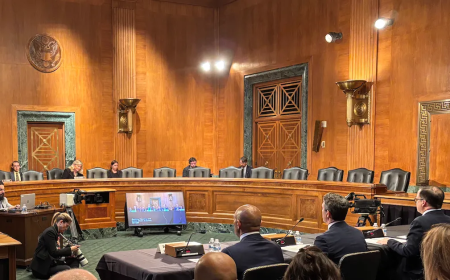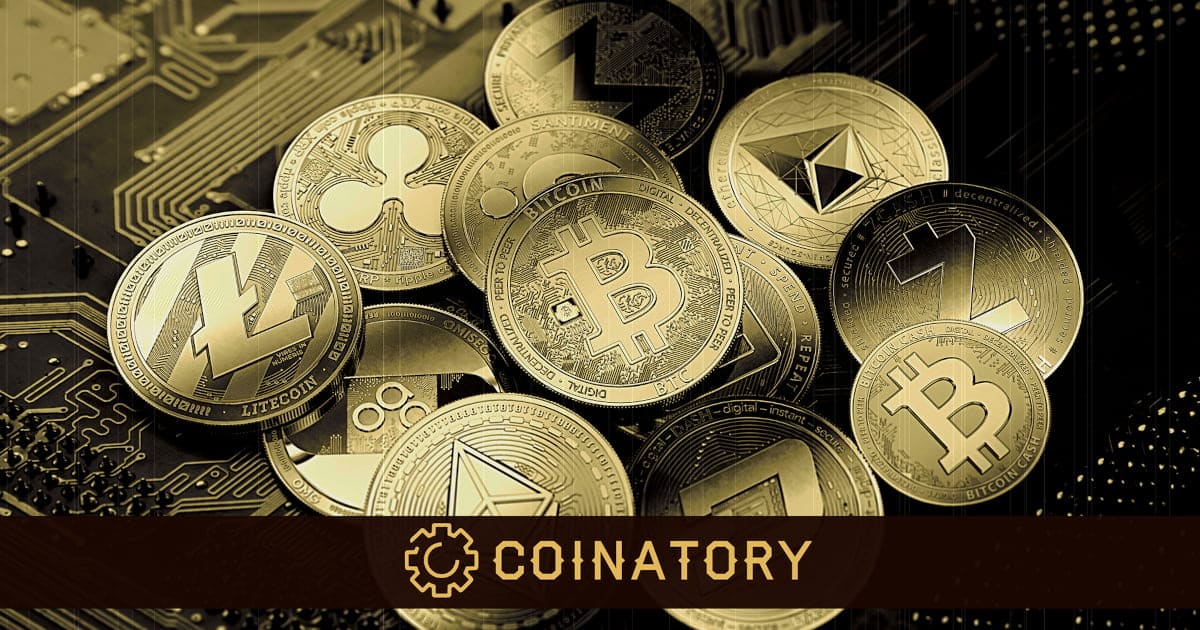Vitalik Buterin takes us through what comes next for Ethereum after blobs
Vitalik Buterin, the man, the myth, the legend – back with us to discuss what is coming next for the blockchain diva Ethereum in the aftermath of the Dencun hard fork, an iconic event that launched the Ethereum network into a new scaling paradigm with the introduction of proto-danksharding, also known as EIP-4844 or, you […]

Vitalik Buterin, the man, the myth, the legend – back with us to discuss what is coming next for the blockchain diva Ethereum in the aftermath of the Dencun hard fork, an iconic event that launched the Ethereum network into a new scaling paradigm with the introduction of proto-danksharding, also known as EIP-4844 or, you know, blobs.
Right out of the gate, this move slashed the cost of rollup transactions by a whole lot, over 100 times cheaper, because blobs were basically free. Just recently, we’ve seen blobs getting more action, and the cost for using them started to find its groove as more folks began using blobscriptions protocol.
Vitalik said, after blobs hit the scene, scaling Ethereum went from a massive leap to just figuring out the next steps – it’s more about the nitty-gritty now. He’s talking about making blobs work harder and making sure rollups use each blob to its fullest. The big, earth-shattering changes to Ethereum? According to Vitalik, we’ve seen most of them. Now, it’s more about fine-tuning and looking towards issues that matter more to app developers and users.
Ethereum’s New Direction
Ethereum’s been on a slow movement towards something called a Layer 2 (L2) centric ecosystem. This means the heavy lifting isn’t done by the main Ethereum blockchain (Layer 1) but by these new layers built on top of it.
Major apps are moving to L2, payments are being done on L2 by default, and wallets are getting designed around using multiple L2s. This whole shift was planned, aiming to make a special space in Ethereum blocks that can hold data for L2 projects but isn’t messed with by Ethereum’s main brain, the EVM.
This is about setting the stage so in the future, nodes can just check bits of data to confirm everything’s there, without needing to look at everything. This trick, called data availability sampling, could let Ethereum hold a lot more data, aiming for about 16 MB per slot.
EIP-4844, the blob thingy, doesn’t get us all the way there, but it sets up the basics. The real game changer, data availability sampling, can be added later without everyone having to redo their homework. The only big change needed down the line is a tweak in the settings.
The Next Steps for Ethereum
So, what’s next? Vitalik talked about two big to-dos: getting more data into each blob and making L2s smarter about using this data. There’s talk about a newbie version of data availability sampling called PeerDAS, where nodes share the load of holding onto data. This could let Ethereum handle a lot more data without breaking a sweat.
And to keep things from getting too wild, there are ideas like EIP-7623 to keep the size of regular Ethereum blocks in check, making it safer to turn up the dial on how much data and how many transactions Ethereum can handle.
L2 improvements are also on the menu. Vitalik says there’s a bunch of ways L2s can get better:
- Squishing Data: Making transactions take up less space.
- Smart Security: Figuring out ways to keep L2s safe without always running to L1 for help.
- Better Inside Workings: Making rollups and other L2s work more smoothly and handle more transactions without getting clogged up.
- Up the Security Game: Making sure rollups are as secure as they promise, moving from trust to proof.
Vitalik told us we’re now past the big, crazy changes to Ethereum. The next steps are more about refining what’s already been built. He’s also thinking a lot about what all this means for the people making apps and using Ethereum. With lower fees thanks to blobs, the door’s open for apps that were too costly before. But, there’s a warning too. He says we’re not totally out of the woods yet. Fees could go up if things get too busy, so there’s more work to do on scaling.
It’s Go Time for Developers
Vitalik explained that developers now have the tools they need to make things that are secure, user-friendly, and ready for the big time. He’s seeing signs that people are stepping up, like the Daimo wallet trying to be like Venmo but on Ethereum, and Farcaster aiming to make decentralized social networking actually nice to use.
Vitalik’s point is clear though. Ethereum’s ready for the next wave of apps, and it’s on developers to make it happen. He’s also saying Ethereum isn’t just about just making transactions anymore. It’s about building a whole new kind of internet, with privacy, voting, and community at its heart.
And for the apps still kicking it old school on Ethereum’s main layer?
It’s time to level up and get with the times, boys! Embrace L2 and the new tools Ethereum’s got to offer.
What's Your Reaction?




































































































